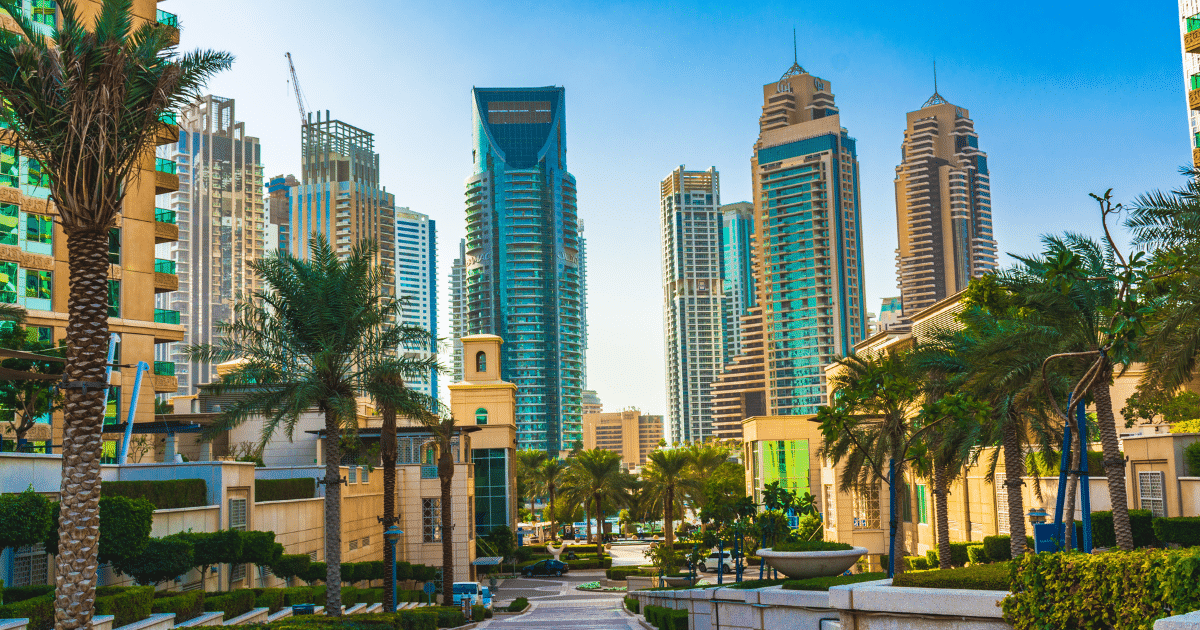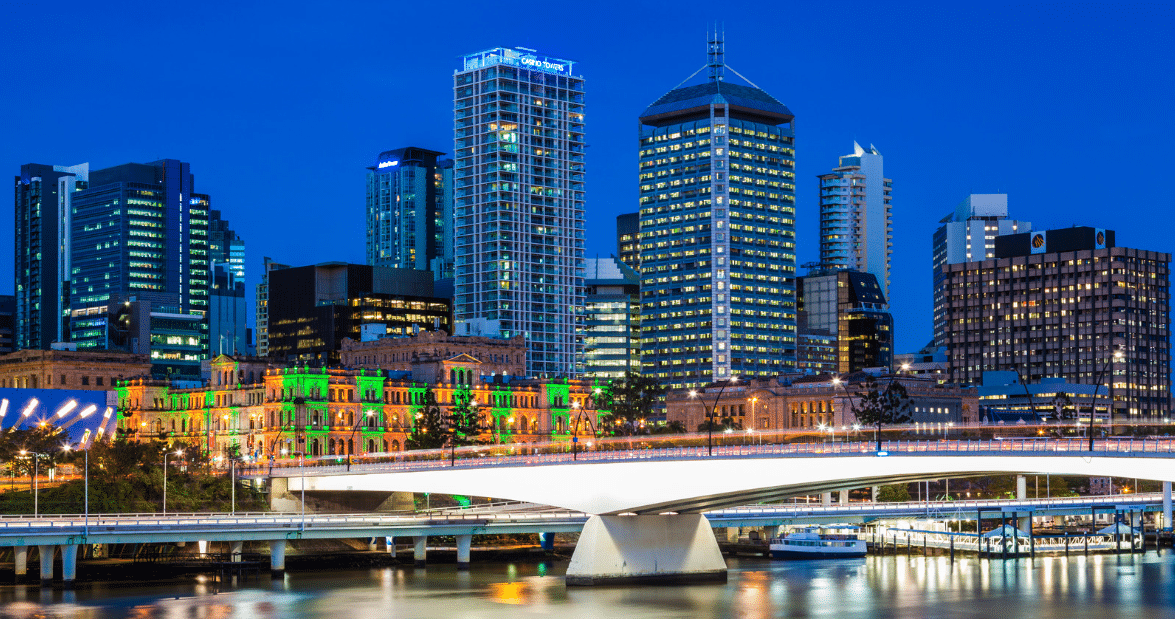Australia's economy grew at the fastest pace in two years in the first quarter, as resources companies cranked up exports of raw materials to China from newly built mines and transport infrastructure. Gross domestic product was up 1.1% from the previous quarter and 3.5% from a year earlier, government figures on Wednesday showed, beating economist forecasts of 1% and 3.3%, respectively.
The latest growth rate represents an acceleration from the fourth quarter's 0.8% and 2.8%, but pales in comparison with year-on-year growth of as high as 4% in early 2012—and some economists said the first-quarter improvement masks a still-fragile economy.
"It's too early to break out the champagne," said Shane Oliver, head of the investment strategy at AMP Capital. "Growth will not be sustained at this pace for the next few quarters."
The resource-rich country's slowdown over the past couple of years has been caused mainly by a downturn in mining investment following a decadelong boom fueled by commodity demand from industrializing Asia. The central bank has cut interest rates to a record low 2.5% in hopes of spurring the nonmining economy.
Export volumes of metal ores and minerals jumped 8% in the first quarter from the fourth, separate figures this week showed. The sharp rise follows a decade of record investment in new mines, rail networks and port facilities by companies hustling to meet the demand for commodities like coal and iron ore from steel mills and power plants across Asia.
The commodity-export gains were also aided by a quieter-than-usual cyclone season. The summer storms often flood mines and force ports to shut down for long periods.
Mining investment is expected to fall further in the coming years as large energy projects are completed, putting a brake on economic activity and more upward pressure on unemployment—which at about 5.8% is hovering near financial-crisis levels.
The past year has been marked by hefty job losses in the resources industry, as well as in sectors such as auto manufacturing and airlines hurt by a stubbornly strong Australian dollar.
Adam Boyton, the chief economist at Deutsche Bank, based in Sydney, said the first-quarter growth uptick may prove little more than "five minutes of economic sunlight," if the mining-investment slowdown continues to bite, as expected.
Australia's economy— now in its 23rd year of growth— faces the additional hurdle of weak consumer confidence since the government announced new taxes and steep spending cuts aimed at returning the budget to a surplus by the end of the decade.
The sentiment is at two-year lows, raising the prospect of weaker consumer spending through the Southern Hemisphere's winter months.
A slowdown in China, Australia's biggest trading partner, also hangs over the economy, threatening to keep the price of key commodities such as iron ore depressed. The price of the steelmaking ingredient, which accounts for some 20% of Australian exports, has already fallen below US$100 per ton to its lowest level in 22 months.
Meanwhile, the elevated Aussie dollar is continuing to stand in the way of wider export recovery. Even after shedding 10% of its value in the past year, it remains well above historical averages.
Still, there are several signs the economy is beginning to find sources of growth outside mining. Housing construction, for instance, grew at a healthy pace in the first quarter, according to government figures, as record-low interest rates continued to fan a housing boom.
"Despite some perceptions to the contrary, the Australian economy is doing well," said Craig James, Sydney-based chief economist at Commsec.
If you are interested in Skilled Migration, eduaid's expert team of immigration consultants is here to help for information and advice on which visa is best suited to you. You can also try our Online Assessment to see if you are eligible to apply for a Skilled Visa to Australia.
[eduaid Newsdesk, Source: Click here to view the news]






